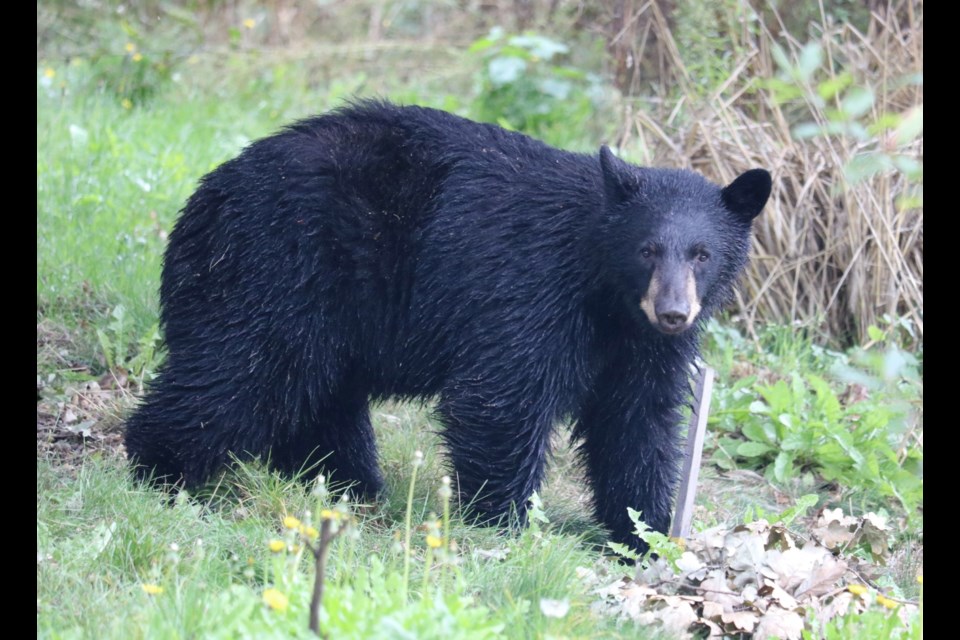Squamish amateur photographer Aafreen Arora shot these photos of a black bear she spotted on Sunday, Sept. 22.
Black bears are typically active this time of year as they search for food before hibernating.
Arora uses a telephoto lens so as not to disturb the animal.
Here are some other tips on ethical wildlife photography directly from WildSafeBC, an organization that works to reduce wildlife-human conflicts and the danger they pose to both the animals and people:
- Do not contribute to human habituation or interfere with an animal’s natural behaviour. Research your subject so as not to interfere with an animal’s routine needs, such as feeding and raising young. An animal that is stressed will expend unnecessary energy that can impact its survival and potentially that of its offspring.
- Do not use calls to draw in wildlife.
- Avoid crowding the subject and use a long lens to maintain your distance. If the animal moves away, you are too close.
- Be respectful of private property. Tread lightly and avoid damaging fragile ecosystems. Stay on trails if unsure.
- Do not stop on highways or roads where speeds exceed 60km/hr unless there is an approved pullout. This can be unsafe for fellow motorists or for wildlife if they cross traffic.
- Bear viewing is best done from a safely parked vehicle or a regulated viewing platform. Never approach potentially dangerous wildlife.
- Never feed or bait wildlife to obtain a photo (in many cases, this is illegal). This includes the use of salt, which may have the unintentional consequence of spreading disease.



